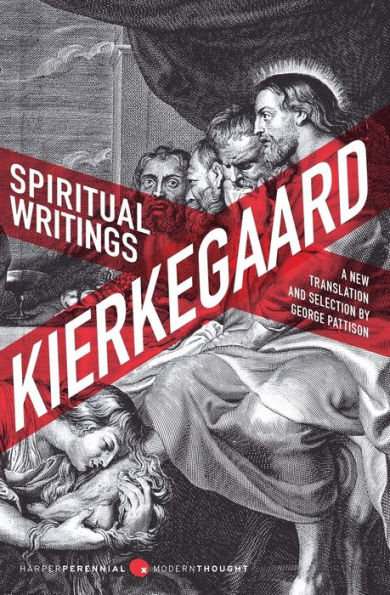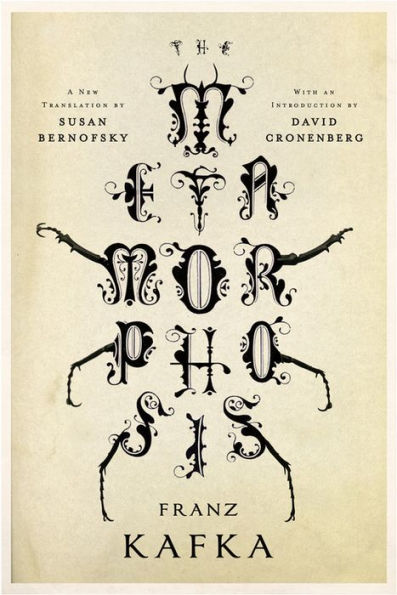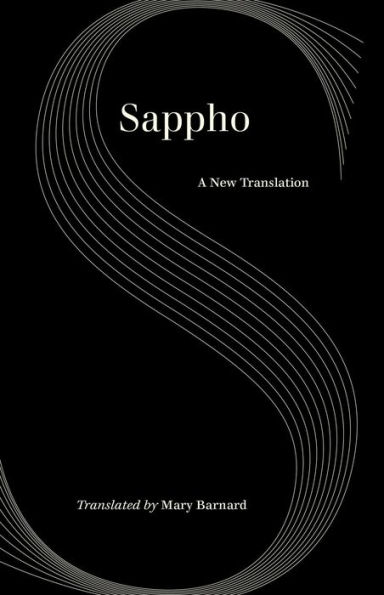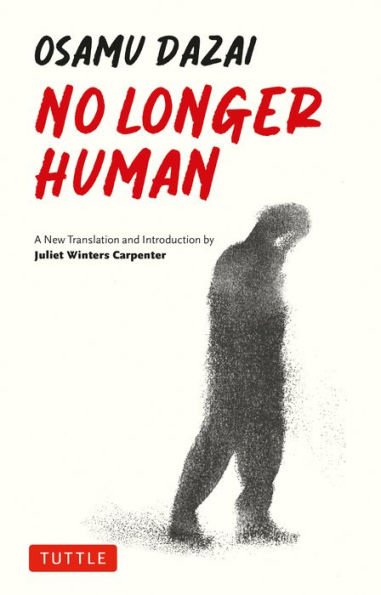Home
Works of Love: A New Translation
Barnes and Noble
Loading Inventory...
Works of Love: A New Translation in Franklin, TN
Current price: $35.99

Barnes and Noble
Works of Love: A New Translation in Franklin, TN
Current price: $35.99
Loading Inventory...
Size: Hardcover
Following his acclaimed translations of
Fear and Trembling
and
The Sickness unto Death
, Bruce H. Kirmmse presents a new translation of Kierkegaard’s discourses on love. “Bruce H. Kirmmse is among the very best translators of Kierkegaard working today.” —Christopher B. Barnett
A founding figure of existentialism, Søren Kierkegaard is perhaps best known for his writing on anxiety and despair, particularly in such works as
,
The Concept of Anxiety
, and
. Yet love, too, is a common theme in Kierkegaard’s oeuvre, underlying his various collections of edifying discourses, as well as
Either/Or
Stages on Life’s Way
Christian Discourses
, and especially
Works of Love
. First published in 1847,
is the most important explicitly religious work Kierkegaard published under his own name. Intended to awaken rather than convince—replicating, in Socratic fashion, the stinging, impatient character of a “gadfly”—the book consists of two sets of “deliberations” on love, the first set addressing love as a duty, and the second examining the applications of love. Throughout, Kierkegaard contrasts romantic love and love of one’s friends with the selfless Christian love, or
agape
, of the New Testament, ultimately contending that the only way to purge self-interest from love is to love one’s neighbor as oneself, and oneself as one’s neighbor, who is “indeed unconditionally every person.” Although careful to distinguish his “deliberations” from clerical “sermons,” Kierkegaard insisted that in order to grasp the full meaning of the texts that constitute
, one must
hear
them. Kierkegaard makes this point repeatedly in his journals, and indeed, the preface of a work he published a few years after
begins with the words: “My dear reader! If possible, read aloud! If you do so, let me thank you for it.” While previous translations have not given sufficient attention to this critical
aural
aspect of the text, Bruce H. Kirmmse’s translation preserves it, thus making the same request of its readers that Kierkegaard once made of his—to
the argument by reading it
aloud
. Featuring an illuminating introduction by Kirmmse, this new translation of
promises to become the standard for generations to come.
Fear and Trembling
and
The Sickness unto Death
, Bruce H. Kirmmse presents a new translation of Kierkegaard’s discourses on love. “Bruce H. Kirmmse is among the very best translators of Kierkegaard working today.” —Christopher B. Barnett
A founding figure of existentialism, Søren Kierkegaard is perhaps best known for his writing on anxiety and despair, particularly in such works as
,
The Concept of Anxiety
, and
. Yet love, too, is a common theme in Kierkegaard’s oeuvre, underlying his various collections of edifying discourses, as well as
Either/Or
Stages on Life’s Way
Christian Discourses
, and especially
Works of Love
. First published in 1847,
is the most important explicitly religious work Kierkegaard published under his own name. Intended to awaken rather than convince—replicating, in Socratic fashion, the stinging, impatient character of a “gadfly”—the book consists of two sets of “deliberations” on love, the first set addressing love as a duty, and the second examining the applications of love. Throughout, Kierkegaard contrasts romantic love and love of one’s friends with the selfless Christian love, or
agape
, of the New Testament, ultimately contending that the only way to purge self-interest from love is to love one’s neighbor as oneself, and oneself as one’s neighbor, who is “indeed unconditionally every person.” Although careful to distinguish his “deliberations” from clerical “sermons,” Kierkegaard insisted that in order to grasp the full meaning of the texts that constitute
, one must
hear
them. Kierkegaard makes this point repeatedly in his journals, and indeed, the preface of a work he published a few years after
begins with the words: “My dear reader! If possible, read aloud! If you do so, let me thank you for it.” While previous translations have not given sufficient attention to this critical
aural
aspect of the text, Bruce H. Kirmmse’s translation preserves it, thus making the same request of its readers that Kierkegaard once made of his—to
the argument by reading it
aloud
. Featuring an illuminating introduction by Kirmmse, this new translation of
promises to become the standard for generations to come.
Following his acclaimed translations of
Fear and Trembling
and
The Sickness unto Death
, Bruce H. Kirmmse presents a new translation of Kierkegaard’s discourses on love. “Bruce H. Kirmmse is among the very best translators of Kierkegaard working today.” —Christopher B. Barnett
A founding figure of existentialism, Søren Kierkegaard is perhaps best known for his writing on anxiety and despair, particularly in such works as
,
The Concept of Anxiety
, and
. Yet love, too, is a common theme in Kierkegaard’s oeuvre, underlying his various collections of edifying discourses, as well as
Either/Or
Stages on Life’s Way
Christian Discourses
, and especially
Works of Love
. First published in 1847,
is the most important explicitly religious work Kierkegaard published under his own name. Intended to awaken rather than convince—replicating, in Socratic fashion, the stinging, impatient character of a “gadfly”—the book consists of two sets of “deliberations” on love, the first set addressing love as a duty, and the second examining the applications of love. Throughout, Kierkegaard contrasts romantic love and love of one’s friends with the selfless Christian love, or
agape
, of the New Testament, ultimately contending that the only way to purge self-interest from love is to love one’s neighbor as oneself, and oneself as one’s neighbor, who is “indeed unconditionally every person.” Although careful to distinguish his “deliberations” from clerical “sermons,” Kierkegaard insisted that in order to grasp the full meaning of the texts that constitute
, one must
hear
them. Kierkegaard makes this point repeatedly in his journals, and indeed, the preface of a work he published a few years after
begins with the words: “My dear reader! If possible, read aloud! If you do so, let me thank you for it.” While previous translations have not given sufficient attention to this critical
aural
aspect of the text, Bruce H. Kirmmse’s translation preserves it, thus making the same request of its readers that Kierkegaard once made of his—to
the argument by reading it
aloud
. Featuring an illuminating introduction by Kirmmse, this new translation of
promises to become the standard for generations to come.
Fear and Trembling
and
The Sickness unto Death
, Bruce H. Kirmmse presents a new translation of Kierkegaard’s discourses on love. “Bruce H. Kirmmse is among the very best translators of Kierkegaard working today.” —Christopher B. Barnett
A founding figure of existentialism, Søren Kierkegaard is perhaps best known for his writing on anxiety and despair, particularly in such works as
,
The Concept of Anxiety
, and
. Yet love, too, is a common theme in Kierkegaard’s oeuvre, underlying his various collections of edifying discourses, as well as
Either/Or
Stages on Life’s Way
Christian Discourses
, and especially
Works of Love
. First published in 1847,
is the most important explicitly religious work Kierkegaard published under his own name. Intended to awaken rather than convince—replicating, in Socratic fashion, the stinging, impatient character of a “gadfly”—the book consists of two sets of “deliberations” on love, the first set addressing love as a duty, and the second examining the applications of love. Throughout, Kierkegaard contrasts romantic love and love of one’s friends with the selfless Christian love, or
agape
, of the New Testament, ultimately contending that the only way to purge self-interest from love is to love one’s neighbor as oneself, and oneself as one’s neighbor, who is “indeed unconditionally every person.” Although careful to distinguish his “deliberations” from clerical “sermons,” Kierkegaard insisted that in order to grasp the full meaning of the texts that constitute
, one must
hear
them. Kierkegaard makes this point repeatedly in his journals, and indeed, the preface of a work he published a few years after
begins with the words: “My dear reader! If possible, read aloud! If you do so, let me thank you for it.” While previous translations have not given sufficient attention to this critical
aural
aspect of the text, Bruce H. Kirmmse’s translation preserves it, thus making the same request of its readers that Kierkegaard once made of his—to
the argument by reading it
aloud
. Featuring an illuminating introduction by Kirmmse, this new translation of
promises to become the standard for generations to come.

















